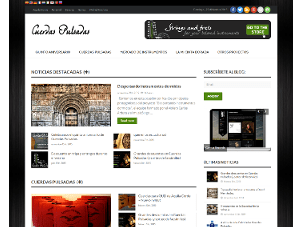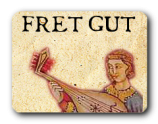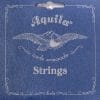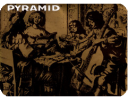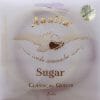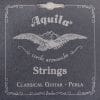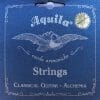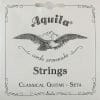[…] The lute that he plays also has strong sexual overtones. The Flemish for lute – luit – also meant vagina, and in Dutch art the instrument is often carried by prostitutes. The English writer Thomas Coryat recorded in his 1611 travel book, Coryat’s Crudities, that Venetian courtesans carried lutes as emblems of their profession. To find a young man playing upon one in a brothel with a broad smile upon his face should not therefore surprise us too much. […]
[…] The association with sex was not an isolated one either: Thomas Coryat’s Crudities (London, 1611) describes the practice of Venetian courtesans carrying the lute as a badge of their trade, and also comment that the courtesans were often independently famous for their skill as players. […]
[…] This gives rise to a whole host of pictures involving prostitutes: The Procuress (1625), Honthorst (1590-1656) [plate 1], The Procuress (c1635), Baburen (owned by Vermeer), The Procuress(1656),Vermeer (1632-75), Brothel Scene(1658), Van Mieris the Elder. […]
Ver original source
In some cases, this semantic trio (woman-lute-sexuality) is presented with a certain subtlety, as in the work “The Morning Toilet” (1663) by Jan Steen, where the sexual act is suggested by introducing elements such as messy shoes, open jewelry box or lute hastily placed on the floor. And in other cases, that association between the lute, “courtesy” and female sexuality is much more explicit, as in the work we have chosen to announce our first major promotion in Cuerdas Pulsadas back in 2015.
“La alcahueta” (1625), an oil painting by the dutch painter Gerard van Honthorst, It is a magnificent chiaroscuro where a young courtesan carries two symbols of debauchery: the feathered headdress and the lute. The rest of the symbols seem quite enlightening to us, from the title of the work itself to the undisguised sack of coins that the knight carries.
And in other cases, that association between the lute, “courtesy” and female sexuality is much more explicit, as in the work we have chosen to announce our first major promotion in Cuerdas Pulsadas back in 2015.
“La alcahueta” (1625), an oil painting by the dutch painter Gerard van Honthorst, It is a magnificent chiaroscuro where a young courtesan carries two symbols of debauchery: the feathered headdress and the lute. The rest of the symbols seem quite enlightening to us, from the title of the work itself to the undisguised sack of coins that the knight carries.
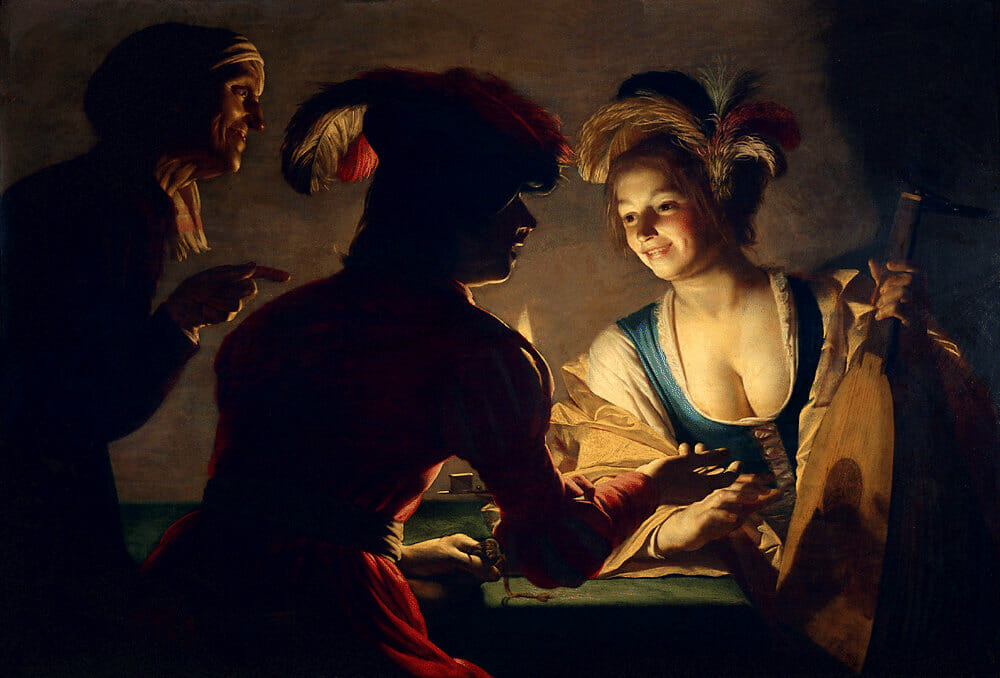 Perhaps one day we will return to this interesting topic in our blog, dedicating the time it deserves, or we will be able to collect all the pictorial works on this topic on our TimeLine, in the meantime…
Perhaps one day we will return to this interesting topic in our blog, dedicating the time it deserves, or we will be able to collect all the pictorial works on this topic on our TimeLine, in the meantime…
We are pleased to inform you that we are opening a period of three weeks with great promotions in practically the entirety of our catalog, which include discounts of up to 60%.
All the conditions are explained in our “Sale Conditions”, as always, but we summarize here the most relevant points of the promotion:20% discount:
- New nylgut by Aquila Corde
- Wound 105cm by Pyramid
- Nylon by Pyramid
- KF Alliance by Savárez
- Strings for guitar, like Alabastro, Ambra or Gut&Silk by Aquila Corde
- Full gut set for guitar by Pyramid
- Oud strings by Pyramid
40% discount:
- Fret gut by Michel Frechina
- Fret gut by Pyramid
- New Nylgut NGE (2m) by Aquila Corde
- Nylgut NGH for harps by Aquila Corde (three colors)
50% discount:
- Wound NFC strings by Savárez (1 y 2 meters)
- Wound strings by Pyramid (140, 160 and 180cm)
- Wound D strings by Aquila Corde
60% discount:
These discounts apply regardless of how much you buy or where you buy from 🙂Pero, in addition, among all those who make a purchase during the promotions period, we will raffle five facsimiles that we will send for free to the five winners in the draw.
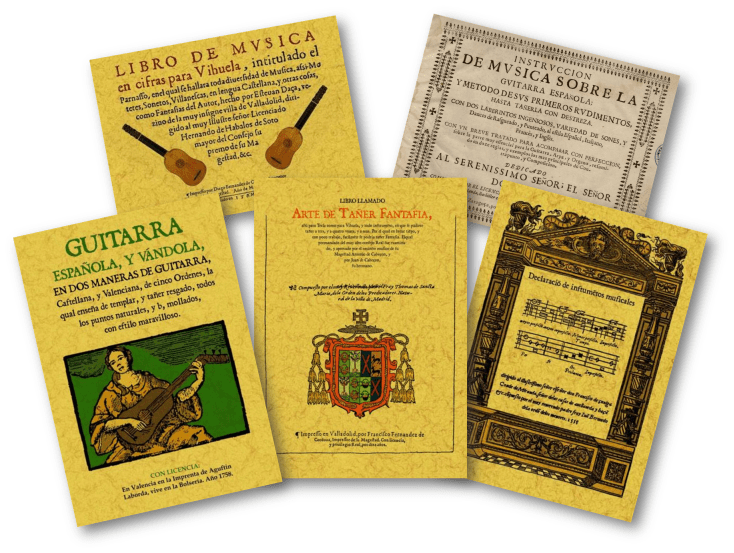 The draw will be carried out using random number generation tools , where each purchase will count as a participation in the drawing (of done, we will use the order number itself).
The books included in the draw are:
ARTE DE TAÑER FANTAFIA: THOMAS DE SANCTA MARIA
The draw will be carried out using random number generation tools , where each purchase will count as a participation in the drawing (of done, we will use the order number itself).
The books included in the draw are:
ARTE DE TAÑER FANTAFIA: THOMAS DE SANCTA MARIA
Libro llamado Arte de tañer fantasía, así para tecla como para vihuela y todo instrumento que se pudiere tañer a tres y cuatro voces o más. Con esta obra se podría tañer fantasía fácilmente en breve tiempo y con poco trabajo.
DECLARACION DE INSTRUMENTOS MUSICALES: JUAN BERMUDOObra dedicada a instruir sobre las bondades de la música. Se dan principios para los que empiezan a cantar o a tañer instrumentos. Hay capítulos dedicados al toque del órgano; también los hay dedicados al género de la vihuela o del arpa. Por último se dan instrucciones para llevar a cabo el canto llano y la corrección de errores bastante habituales a la hora de hablar de música.
INSTRUCCIÓN DE MUSICA SOBRE LA GUITARRA ESPAÑOLA Y METODO DE SUS PRIMEROS RUDIMENTOS, HASTA TAÑERLA: GASPAR SANZObra acerca de la instrucción de música sobre la guitarra española, donde se ofrece el método de sus primeros rudimentos hasta que se pueda tañer con destreza. Incluye dos laberintos ingeniosos, variedad de sones y lances de rasgueado y punteado al estilo español, italiano, francés e inglés. También se incluye un tratado para acompañar con perfección sobre la parte más esencial para la guitarra, arpa y órgano, resumido en doce reglas y ejemplos de contrapunto y composición.
LIBRO DE MUSICA EN CIFRAS PARA VIHUELA, INTITULADO EL PARNASSO: ESTEBAN DAÇACompleto libro con multitud de partituras para tocar con vihuela publicado en 1576 en un formato muy original para poder leer correctamente dichas partituras.
GUITARRA ESPAÑOLA, Y VANDOLA, EN DOS MANERAS DE GUITARRA, CASTELLANA Y VALENCIANA: JUAN CARLES AMATGuitarra española y vandola, en dos maneras de guitarra, castellana y valenciana, de cinco órdenes, la cual enseña a templar y tañer rasgado todos los puntos naturales con estilo maravilloso. Opúsculo breve pero lleno de detalles como las imágenes de cómo se han de hacer los acordes.

